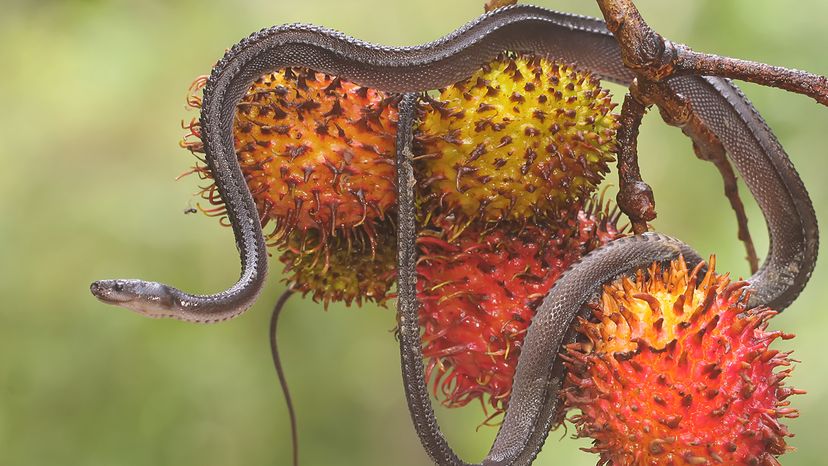
The dragon snake (Xenodermus javanicus) is an elusive creature. Native to Southeast Asia, these snakes have distinctive rough, keeled scales and an almost mythical appearance, reminiscent of dragons.
Despite their captivating look, dragon snakes are incredibly sensitive and challenging to care for, making them a species best suited for advanced keepers. In the wild, dragon snakes are semi-fossorial and nocturnal, spending much of their time hidden away in moist, humid environments.
Advertisement